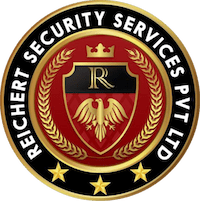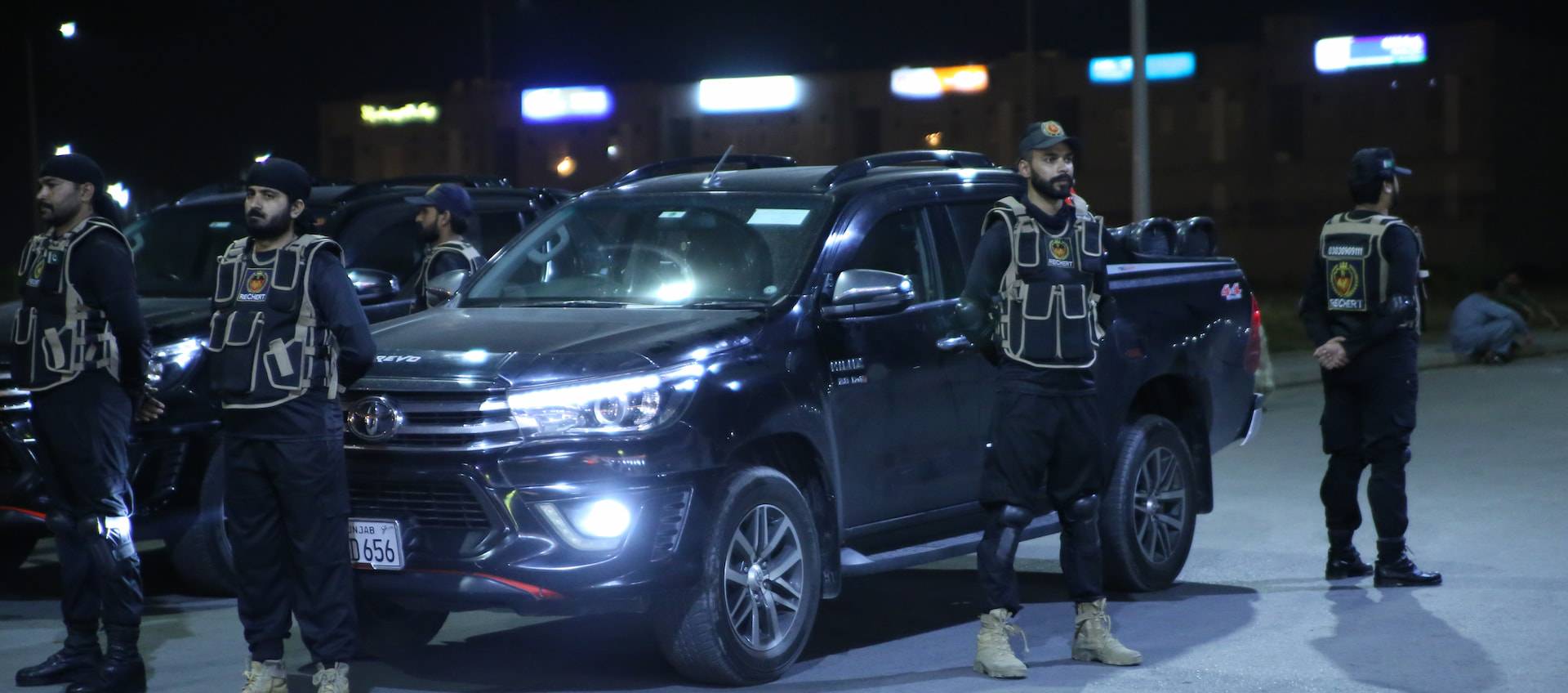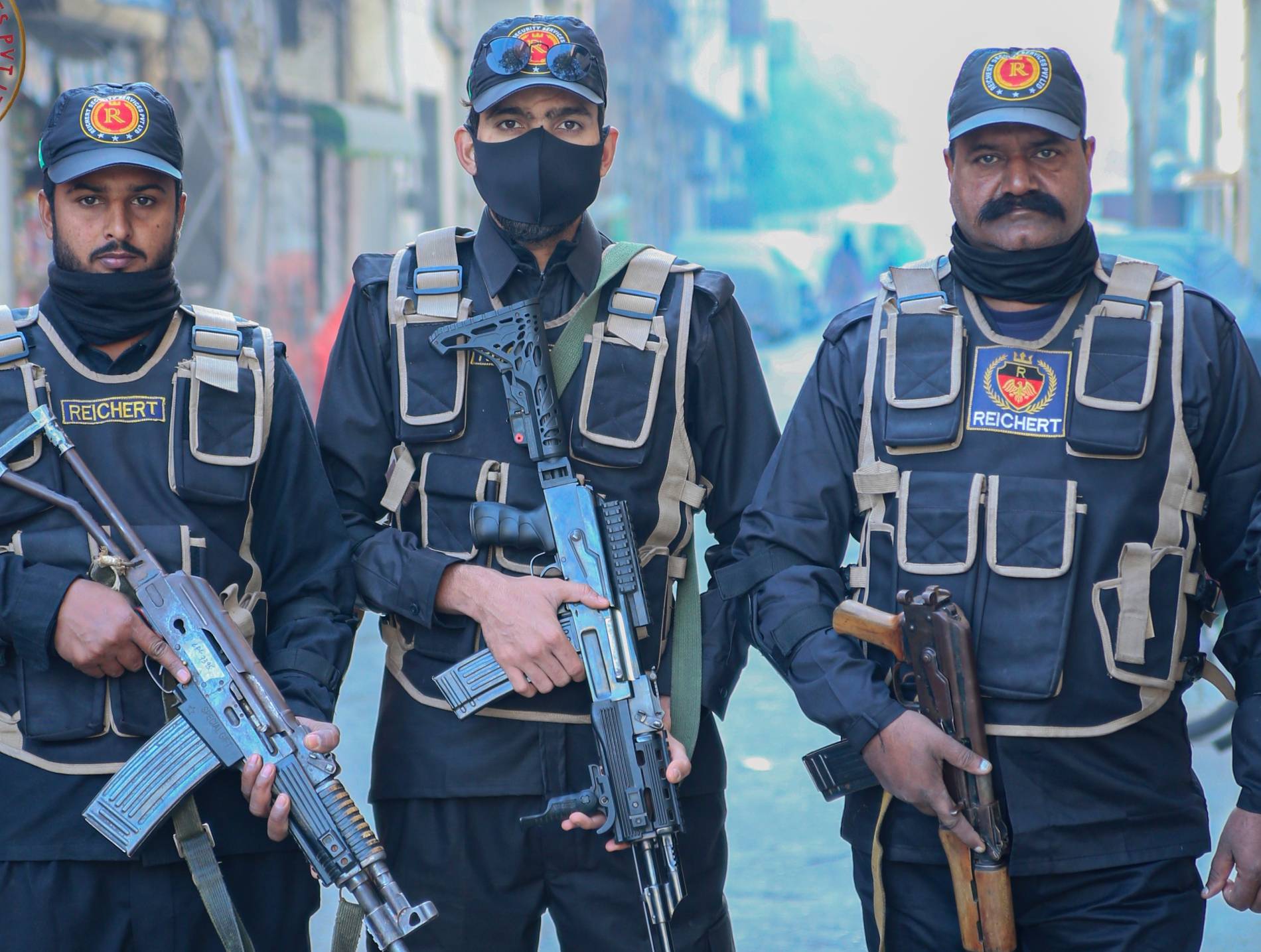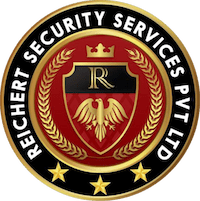Estonia Country Report
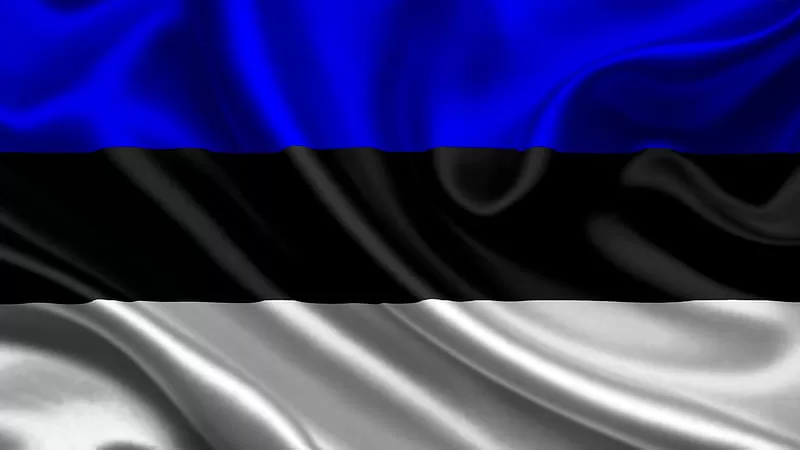
Estonia, situated in Northern Europe on the Baltic Sea, is a small yet technologically advanced nation known for its digital innovation and vibrant culture. With a population of around 1.3 million, Estonia regained independence from the Soviet Union in 1991 and swiftly transitioned into a democratic state with a market-based economy. Tallinn, its capital, boasts a beautifully preserved medieval old town alongside modern skyscrapers. Estonia is renowned for its commitment to digital governance, offering e-residency programs and pioneering initiatives such as e-voting and digital identification systems.
The country’s economy is driven by information technology, telecommunications, and a burgeoning startup scene, with companies like Skype originating here. Estonia is also proud of its rich cultural heritage, with strong traditions in music, literature, and folk dancing, and it hosts numerous cultural events and festivals throughout the year. Additionally, Estonia is a member of the European Union, NATO, and the Eurozone, playing an active role in regional and international affairs.
Last updated: April 8, 2022
Security
Estonia faces security challenges and risks primarily related to its geopolitical position, cyber threats, and regional tensions. As a NATO and EU member state, Estonia is concerned about potential aggression from Russia, given historical tensions and Russia’s annexation of Crimea in 2014. Estonia remains vigilant against hybrid warfare tactics, including disinformation campaigns and cyberattacks, which it has experienced in the past. The country’s digital infrastructure, while innovative and advanced, also presents vulnerabilities to cyber threats, requiring continuous investment in cybersecurity measures. Moreover, Estonia is wary of energy security risks, given its dependence on Russian energy imports. While Estonia benefits from NATO’s collective defense and security cooperation within the EU, ongoing vigilance and investment in defense and cybersecurity remain essential to address these security challenges effectively.
Last updated: April 22, 2022
Infrastructure
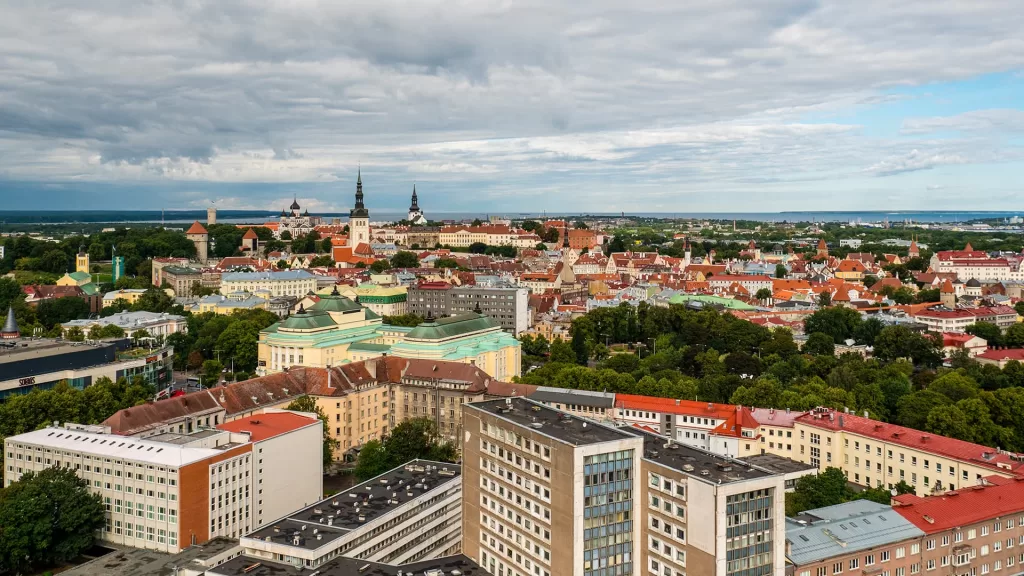
Estonia boasts modern and well-developed infrastructure, particularly in its urban centers. The country’s road network is extensive and well-maintained, facilitating efficient transportation across the country. Additionally, Estonia has invested significantly in its digital infrastructure, with widespread access to high-speed internet and innovative e-government services, earning it a reputation as one of the most digitally advanced nations globally. Tallinn, the capital city, features a modern port and airport, connecting Estonia to international trade and travel routes. The country’s railway network, although not as extensive as its road system, provides reliable and efficient transportation, particularly for freight. Furthermore, Estonia prioritizes renewable energy sources, with investments in wind and biomass energy production contributing to a sustainable energy infrastructure. While rural areas may have less developed infrastructure compared to urban centers, Estonia’s overall infrastructure supports the country’s economic growth, technological innovation, and high quality of life.
Last updated: February 23, 2023
Environment
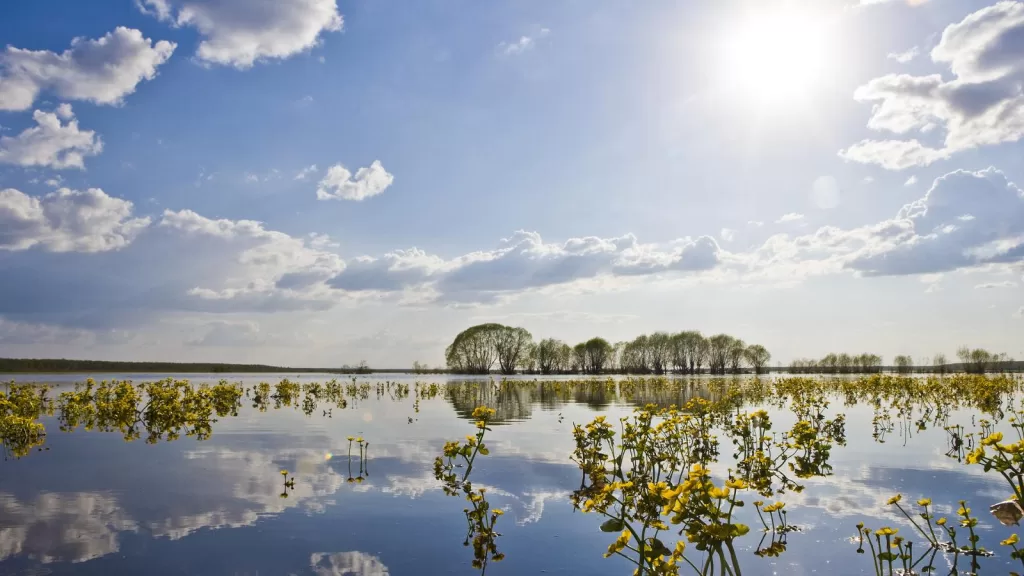
Estonia’s environment is characterized by diverse landscapes, including forests, wetlands, coastal areas, and islands, providing habitat for a variety of plant and animal species. The country places significant emphasis on environmental protection and sustainability, with policies aimed at preserving its natural heritage and mitigating environmental degradation. However, Estonia faces challenges such as air and water pollution, primarily from industrial activities and agriculture. The legacy of Soviet-era industrialization has left areas with contamination issues, which continue to be addressed through remediation efforts. Additionally, Estonia is susceptible to climate change impacts, including sea-level rise, changes in precipitation patterns, and extreme weather events.
The government has taken steps to promote renewable energy sources and increase energy efficiency to reduce greenhouse gas emissions. Furthermore, Estonia is actively involved in international environmental cooperation and has designated protected areas to conserve biodiversity and ecosystems. Overall, while Estonia has made strides in environmental conservation, ongoing efforts are needed to address environmental challenges and promote sustainable development.
Last updated: March 1, 2022
Health and Medical
Estonia’s healthcare system is characterized by universal access to comprehensive medical services, funded primarily through a national health insurance scheme. The country has made significant advancements in healthcare infrastructure and technology, with modern hospitals and clinics equipped to provide high-quality care. Primary healthcare services are widely available, with emphasis on preventive care and health promotion. However, challenges exist, including shortages of healthcare professionals in certain regions, particularly in rural areas, and disparities in healthcare access and outcomes among different population groups.
Estonia faces health issues typical of developed nations, including cardiovascular diseases, cancer, and mental health disorders. Additionally, like many European countries, Estonia has also grappled with the COVID-19 pandemic, implementing measures such as vaccination campaigns and public health guidelines to mitigate its spread. Overall, Estonia continues to prioritize healthcare improvements and disease prevention strategies to enhance the well-being of its population.
Last updated: September 14, 2022
Political
Estonia is a parliamentary democracy with a stable political system characterized by free and fair elections, respect for the rule of law, and a strong emphasis on transparency and accountability. The country’s political landscape is dominated by several major parties, including the Estonian Centre Party, the Estonian Reform Party, and the Estonian Conservative People’s Party. Since regaining independence from the Soviet Union in 1991, Estonia has pursued integration into Western institutions, becoming a member of the European Union, NATO, and other international organizations. The government operates within a framework of constitutional democracy, with a president serving as the head of state and a prime minister leading the executive branch. Estonia’s political institutions prioritize economic development, innovation, and social welfare, reflecting the country’s commitment to democratic principles and market-oriented policies. Despite occasional political tensions, Estonia maintains a reputation for political stability and a strong commitment to democratic values.
Last updated: March 10, 2023
